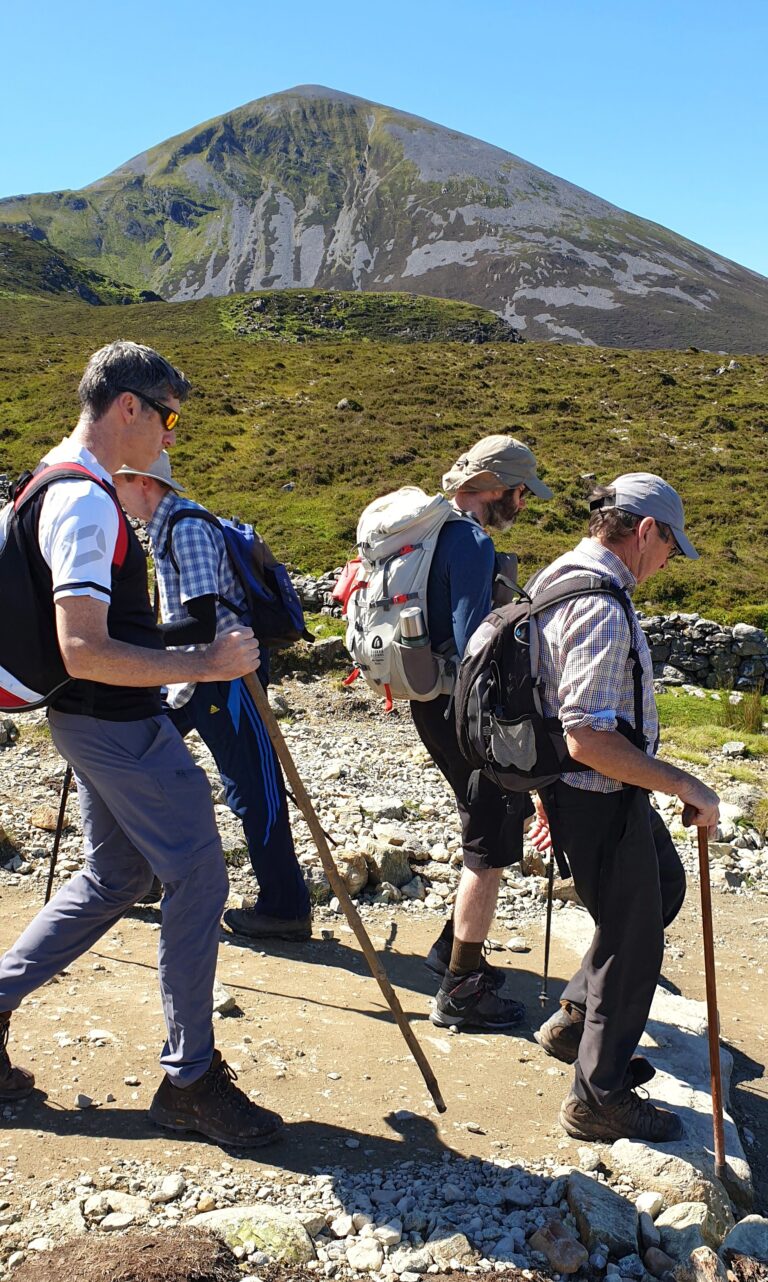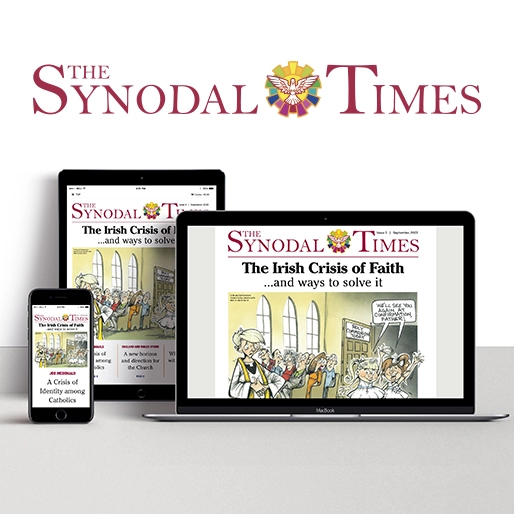It is one of the tourism phenomena of the modern age. Seeking meaning beyond materialism, the number of modern-day pilgrims completing the Camino of St James has risen from fewer than 1,000 in 1985 to an astonishing 350,000 in 2019 with the numbers for 2022 expected to be well above 400,000.
For most, the Camino, with its emphasis on simplicity, mindfulness and reflective experience, is as much a voyage of inner discovery as a physical challenge. In many ways, the Camino now reflects what the inside of Irish churches looked like on Sundays 50 years ago – a population mix reflecting all age groups. The lesson from this is clear: younger people, many of whom rarely if ever attend church, are drawn to the Iberian Peninsula by the more informal spiritual and mystical experience that comes with walking the Camino.
Until recently, however, almost none of these 21st-century, pilgrims would have imagined Ireland as an alternative destination for contemplative hiking. Conventional wisdom held that this country possessed little in the way of worthwhile penitential walks.
On the contrary, Ireland actually has a dense network of mystical paths and a vibrant pilgrim tradition, with most of these routes long predating the Camino. Lough Derg was, and still The richness of Ireland’s ancient paths is, one of Europe’s foremost pilgrim destinations, while medieval penitents also journeyed to Glendalough, Skellig Michael, Gougane Barra and Croagh Patrick.
Despite past popularity, however, Ireland’s sacred trails were almost totally forgotten for generations, since virtually nothing was done to maintain them or reignite awareness of their existence. It is often said that the past never completely vanishes, but sooner or later revisits us. And so it is that pilgrim walkers have, in the past decade, begun returning to Ireland’s most revered and ancient tracks.
The major factor with this resurgence was the foundation in 2013 of Pilgrim Paths Ireland (PPI). An umbrella body for the voluntary groups involved with promoting Ireland’s main spirituality-based routes, the objective of this non-denominational organisation is to generate increased pilgrim footfall while maximising sustainable tourism spend within rural communities. The new organisation was successful, with initiatives such as Pilgrim Paths Week each Easter and the Irish Pilgrim Journey in summer.
Another PPI initiative is an Irish Pilgrim Passport, offering an opportunity to explore 5 waymarked penitential routes through some of the most captivating scenery in the Irish landscape. Those who undertake the passport journey must produce evidence of having completed 120kms of Ireland’s spiritual trails and obtain the required stamps en route.
Ancient paths
Resulting from these initiatives, the ancient paths of Ireland began to echo, once again, to the sound of pilgrim footfall, with many young people, who would not otherwise be formally religious, joining in with the walks. Then along came COVID to upend all worlds.
Despite being one of the safest activities available during the pandemic, the Irish pilgrim paths fell victim to the general lockdowns. No organised activity took place in 2020 and the first half of 2021 was also lost.
Now we have, we hope, returned to the sunny uplands of a post-pandemic landscape. It is likely, however, that things will never be quite the same again – human habits have been altered by the crisis and what we seek from life will be profoundly different in the future. One paradigm shift has been a new appreciation of the outdoors.
People are, not only, walking in much greater numbers, they are seeking solace by interaction with our green and contemplative spaces. For many, including large numbers of young people, the outdoors, instead of a church, is now the place for their personal reflection.
In the future, we are now likely to see a reduction in demand for formal worship but more demand for interaction with nature on greenways, blueways and pilgrim paths. It seems the pandemic may yet prove a blessing in disguise for rural tourism, as outdoor attractions can be created on a highly cost-effective basis.
St Declan’s Way linking Ardmore with Cashel, which reopened last year, cost a modest €230,000 to put in place. Already the 120km route has proven very popular, with the stopover at Mount Melleray Cistercian Abbey mostly regarded as a major highlight.
Ireland’s Pilgrim Paths are now open again, fully waymarked and awaiting footfall. They are very much in step with the changing demands of the present-day and make an ideal walking experience – particularly for young people committed to sustainable tourism and a light environmental footfall. Certainly, pilgrim paths can legitimately claim to be among the most unmaterialistic and environmentally friendly of tourism experiences.
Pilgrim paths
With almost 300 kms of fully waymarked pilgrim paths now available in Ireland, a golden opportunity exists to create a contemplative walking product in Ireland to rival the Camino. The problem is, however, that despite valiant efforts by local communities, Ireland’s abundant pilgrim walking opportunities are still relatively unknown to overseas visitors – and indeed many Irish people.
Relatively modest investment is required to build international awareness of Ireland’s mystical trails and to provide the necessary infrastructure to support the paths. Incentives should be provided to encourage the development of small rural guest houses and B&Bs that are close by the trails to allow for unsupported walking.
Looking ahead to our new world, it may be that it is from the past that coming generations will find most answers for the future.
Further information on walking the Irish pilgrim paths at pilgrimpath.ie



